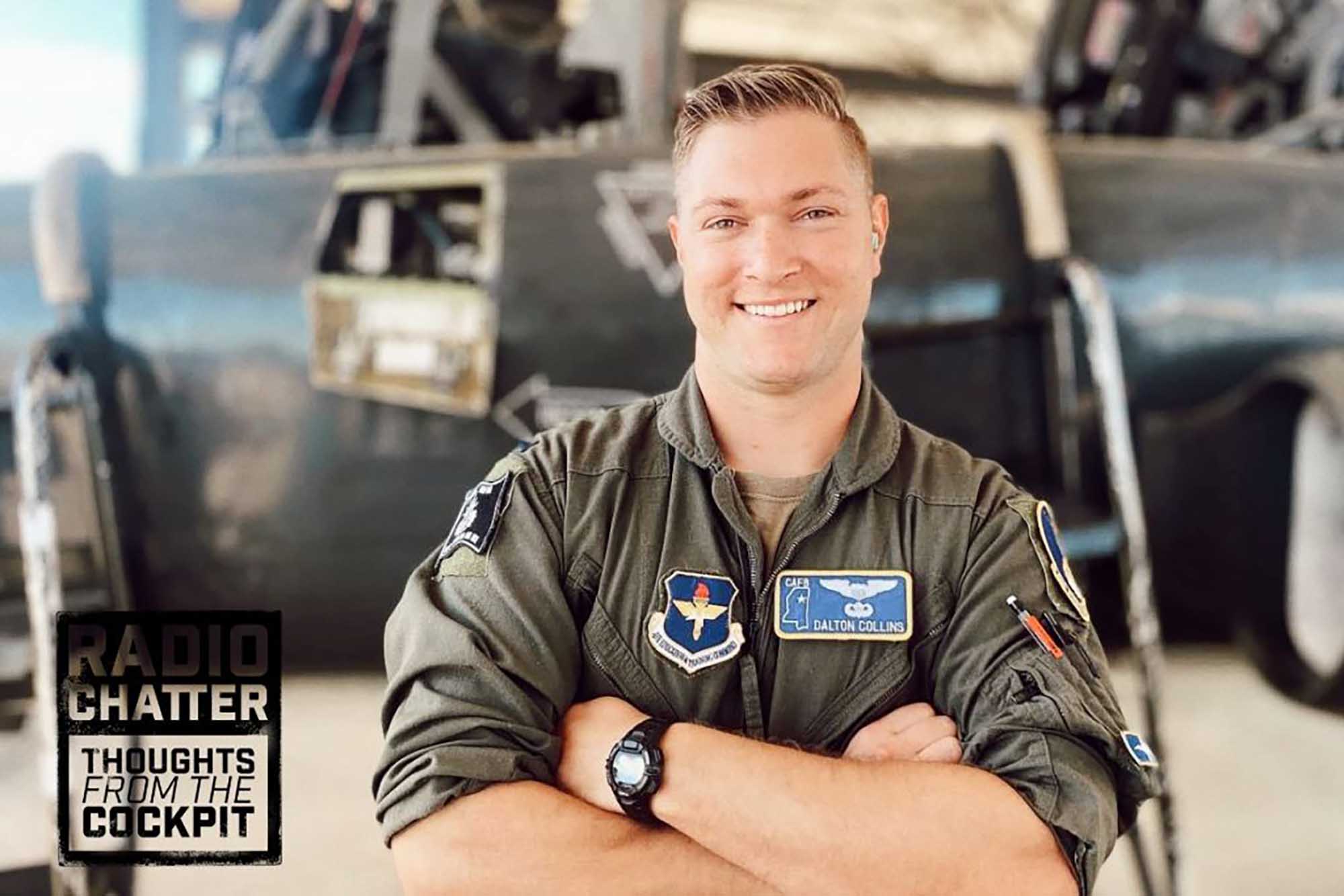The newest 50th Squadron First Assignment Instructor Pilot, 1st Lt. Dalton Collins is back from training at Joint-Base San Antonio Randolph Air Force Base.
The 50th Flying Training Group at Columbus Air Force Base recently welcomed 1st Lt. Dalton Collins, as a First Assignment Instructor Pilot (FAIP) back from Pilot Instructor Training (PIT) at Joint-Base San Antonio-Randolph Air Force Base.
1st Lt Dalton Collins completed PIT on June 9th, 2023 after receiving his wings at Undergraduate Pilot Training (UPT), at CAFB on September 12th, 2022.
“I am excited to be back and flying a new chapter in my life. Going through UPT as a student and now teaching students to be the best pilots they can be is an honor. I love being able to say I’ve been on both sides of pilot training. Being an instructor gives you a different perspective and enables you to help students in a way I didn’t realize before. It’s really cool, and makes you feel good to help out that student,” Collins said.
Collins graduated from the U.S. Air Force Academy in 2020 to serve his country. Due to the COVID-19 pandemic, the 2020 graduates joined the long blue line on April 18th, 2020, a month earlier than usual.
Unlike the current pilots who are going through the new T-38 2.5 system across all training bases, Collins was in the original T-38 2.0 Legacy system. This system is slightly different from what 2.5 is currently. 2.0 was split into three sections: Transition, Formation, and Instruments. The early stages of the syllabus are transition-heavy. Students learn how to land safely and are introduced to flying a highly maneuverable supersonic jet. Once they pass that check ride they move on to the formation phase which is where the bulk of the program focuses. Instruments are flown in conjunction with formation with most of the sorties being accomplished on cross countries. Once all three check rides are complete, the students are “drop eligible.” After drop night, flights focus on 4-ship, low levels, and formation rides to prepare the students for their follow-on assignment (most of the time just prepping for IFF).
Collins loved going through the Legacy system. He loved the challenge and stability that it brought to the UPT community. A lot of people loved this system and he was more than happy to finish in that class.
In order to produce winged pilots directly out of the T-6 curriculum, the 2.5, unlike, 2.0 offers a new experience that challenges students even more and pushes their learning to a new level. The T-6’s UPT 2.5 system changed significantly. It went from the three-section syllabus: transition, navigation, and formation to a two-section syllabus: fundamental phase and mission phase.
Typically, UPT students earned their wings after T-1s or T-38s, but with this new system, students have become endowed with silver wings after completing the mission phase check ride. The mission phase is a culmination of formation, low-level, transition, and navigation to prove that the student has become proficient in all areas that they could possibly be tested in a Major Weapons System.
Collins hopes after every lesson with his students they will be able to take away something positive from the experience in the aircraft. His goal at the end of his FAIP career is to walk away knowing he taught and instructed his students to the best of his ability.
Collins said, “One of the most important aspects of being an instructor is to gain the students’ trust and ensure that whatever happens in the sky, they are confident that their instructor can assist in any situation. Knowing the T-38 ‘Talon’ regulations and being skillful in the aircraft will go a long way in being an instructor and teaching students to be the best fighter pilot in the World’s Greatest Air Force!”
Fun fact about 1st Lt. Collins! Collins’ first time going skydiving he jumped out of the plane all by himself.
Columbus Air Force Base is 1 out of the 4 training flying bases where they train world-class pilots!

